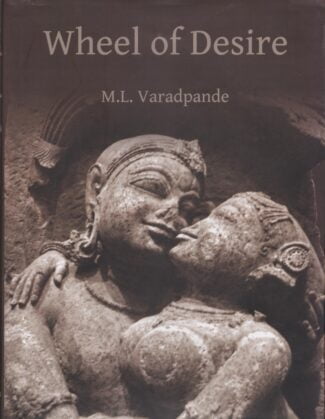
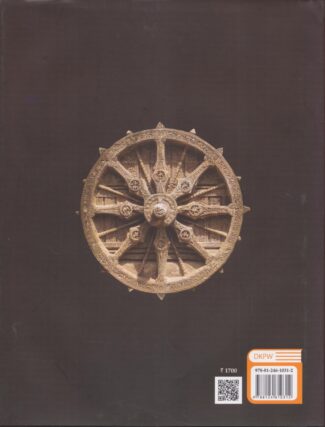
Wheel of Desire...
Wheel of Desire
by: M.L. Varadpande₹1,700.00 Original price was: ₹1,700.00.₹1,530.00Current price is: ₹1,530.00.
ISBN: 9788124610312
Year Of Publication: 2021
Edition: 1st
Pages : v,196
Bibliographic Details : Bibliography, Index
Language : English
Binding : Hardcover
Publisher: D.K. Printworld Pvt. Ltd.
Size: 26
Weight: 776
Lord Buddha, in his profound wisdom, said that for extinction of human suffering, complete annihilation of desire is the only way. This is the sacred truth of suffering.
Acarya Carvaka, equally profound in his thinking, said that life is a continuous celebration of desire. Kama (desire) and artha (wealth) are the only true goals of life. Beg, steal or borrow, but live life like a king. Enjoy life full as long as one is alive.
Who is correct? Lord Buddha or Acarya Carvaka? What is desire really meant to Indian society, religion and culture through ages?
The book tries to address these and similar questions objectively and diligently.
1.Introduction
2.The Cult of Kama
3.Religion of Pasupati
4.Celebrating Desire
5.Suppression of Desire
6.Fantasy Desire
7.Dance of Desire
8.Myth of Desire: Parakiya Love
9.Ardra: Beauty Desirable
10.Vedic Materialism
11.Wine and Desire
12.Devi: Womb of Creation
Bibliography
Index

“Wheel of Desire” Cancel reply
- Sale!ABIA by: Asha Gupta
₹2,100.00Original price was: ₹2,100.00.₹1,890.00Current price is: ₹1,890.00.Volume four contains 1344 records on South and Southeast Asia selected out of 1800 records from the ABIA South and Southeast Asian Art and Archaeology Index database. Volume four has been compiled by the ABIA project team at IGNCA New Delhi. It includes all forms of scholarly publications, ranging from survey works to small but important articles in composite books and journals published in India between 2006 and 2011. Subjects include pre- and protohistory, historical archaeology, ancient art history, modern art history, material culture, epigraphy and palaeography, numismatics and sigillography (seals). The bibliographic descriptions (with the original diacritics), keywords and annotations have made this reference work a reliable guide to recently published scholarly work in the field.
- Sale!Ramayana Culture by: Mandakranta Bose
₹800.00Original price was: ₹800.00.₹720.00Current price is: ₹720.00.These essays, originally presented at an international conference, are in the forefront of the modern response to an ancient work that has gained a new critical and social relevance in contemporary scholarship. Approaching the Ramayana from several angles in an attempt to understand its aesthetic and ideological meaning, they examine the epic through the perspectives of textual criticism, art, architecture and film. Thereby they address critical issues such as the seminal status of Valmiki, the underlying problem of canonicity itself, the importance of other — so-called derivative — Ramayanas, the implications of gender representation, and the cultural manipulation of social ideals relating to the position of women and the idealisation of love that achieves its highest value in marriage. Using the methods of rigorous textual and historical investigation, each essay seeks not only to uncover the layers of meaning in the complex structure of the epic in its varied forms but also to situate it critically in the cultures of South and Southeast Asia.
- Sale!Amarushataka by: Harsha V. Dehejia, Subhash Behelke, Prakriti Kashyap, Uday Indurkar, Narmada Prasad Upadhyaya,
₹3,500.00Original price was: ₹3,500.00.₹3,150.00Current price is: ₹3,150.00.Amarushataka is considered to be one of the finest poetic creations in Sanskrit in ancient India and is a watershed development in the genre of Shringara Rasa. We do not know who the poet Amaru was, but a number of legends abound and it is believed that he lived in the seventh century. In Amarus poetic gems love is not measured but experienced, it is not evaluated socially but felt in the deepest recesses of the mind and heart. He paints the varied moods and nuances of love with words that evoke vivid colours and rhythms that are sonorous with music. Amarushataka basks in a sunlit space, fragrant with the aroma of love, brilliant with the hues of a throbbing heart and within the minute compass of the few lines of a verse we are privy to a whole universe of romance. Amarus lovers inhabit a non-descript space, so that our attention is entirely on them and not on the surroundings. Amarus lovers are driven by desire, devoid of guilt, finding their fulfilment in a passionate embrace or a loving gaze. Using traditional Prakrit romantic idioms Amaru prepares us for the feast both for the eyes and the ears that is to follow, for the muktakas of Amaru create an emotionally charged world, where every nuance of romantic love is explored, where the pangs and pleasures, pathos and poignancy, of amorous dalliances are sensitively portrayed, where neither the restraint of dharma nor the restriction of samsara is allowed to interfere with a glorious celebration of love. Whatever its origins, for 1,300 years this work has retained its reputation in India as one of the foundational collections of poetry. Poets and critics still use its verses as a template against which to consider other poems. Such was the impact of Amarushataka, especially in Malwa of the seventeenth century, that it was transformed into miniature paintings in the evocative Malwa style. The one room chamber with strong monochromatic colours and robust figures marks the painting. The book also traces the history of Malwa painting. An interesting side light of the book is an attempt to demonstrate that the verses of Amaru were also perhaps responsible for amorous sculptures in Khajuraho and other temples. The book is richly illustrated, has the verses of Amaru in Sanskrit and English and is a source book of Shringara Rasa for scholars and students alike.
- Sale!Buddhist Iconography in the Butsu-zo-zui of Hidenobu by: Anita Khanna
₹1,100.00Original price was: ₹1,100.00.₹990.00Current price is: ₹990.00.The volume presents the Buddhist iconography of Japan as depicted in the Butsuzozui, a collection of iconographic sketches of various Buddhas that falls under the genre of Zuzo collections of iconic drawings in black and white. Inspired by the Chinese style of paintings called Paihuo or Hakubyo, the over 800 sketches presented here bear reference to the landmark work of this genre compiled in ce 1175 under the title of Besson Zakki and are arranged on the basis of the treatise of the Shingon sect of Buddhism. Butsuzozui presents Buddhism as it has been adapted in Japan, with the collections of Buddhist icons divided into five parts. It contains the list of sources, especially the scriptures. It deals with the Chinese icons of Fudaishi and his sons Þ the laughing Buddhas; sketches on the birth of the historical Buddha, his search, sambodhi and parinirvana; the nine categories of Amida and the classification of the Seven Buddhas of healing (Shichi Yakubutsu). It introduces the amalgamation of Buddhist and the native Shinto deities, a unique feature of Japanese Buddhism. The sections that follow expand the list of the protector gods associated with the Japanese beliefs and the different historical personalities associated with the various sects of Buddhism in Japan.
The volume will interest scholars of Buddhist religion and art. - Sale!Celebrating India through Hindu Eyes by: “HARSHA V. DEHEJIA “
₹1,995.00Original price was: ₹1,995.00.₹1,796.00Current price is: ₹1,796.00.This book is a celebration of India through Hindu eyes. Those eyes are of sages and kings, artists and artisans, potters and poets, rasikas and bhaktas. In that journey we remember the almond-shaped eyes of Shrinathji, the round eyes of Jagganathji. Those are human eyes through which we have received the darshan of our gods and goddesses and also the blessings of our elders and teachers. Those eyes are ancient and have witnessed magnificent kingdoms and trackless empires. They have watched the creations of monumental temples as well as charming havelis. They have travelled through the pages of history and chronicled the glory of the raja and the praja. Hindu eyes see the past even when they watch the present for they guide us through linear time but when we close our eyes we contemplate in circular time. Our eyes delight in asserting the finite but they rest when they find the infinite. They rejoice in the various akritis but they direct us to our sanskriti. They have been witness to our love stories and heroic sagas. They have smiled and spoken, invited and whispered. Hindu eyes belong to our mind which is buddhi pradhan but they throb with our heart which is bhava pradhan. They are the eyes of a people for whom adornment is beautiful but the serenity of ananda is blissful, for those eyes are the windows of our atman forever seeking the Brahman. Join us in this celebration.


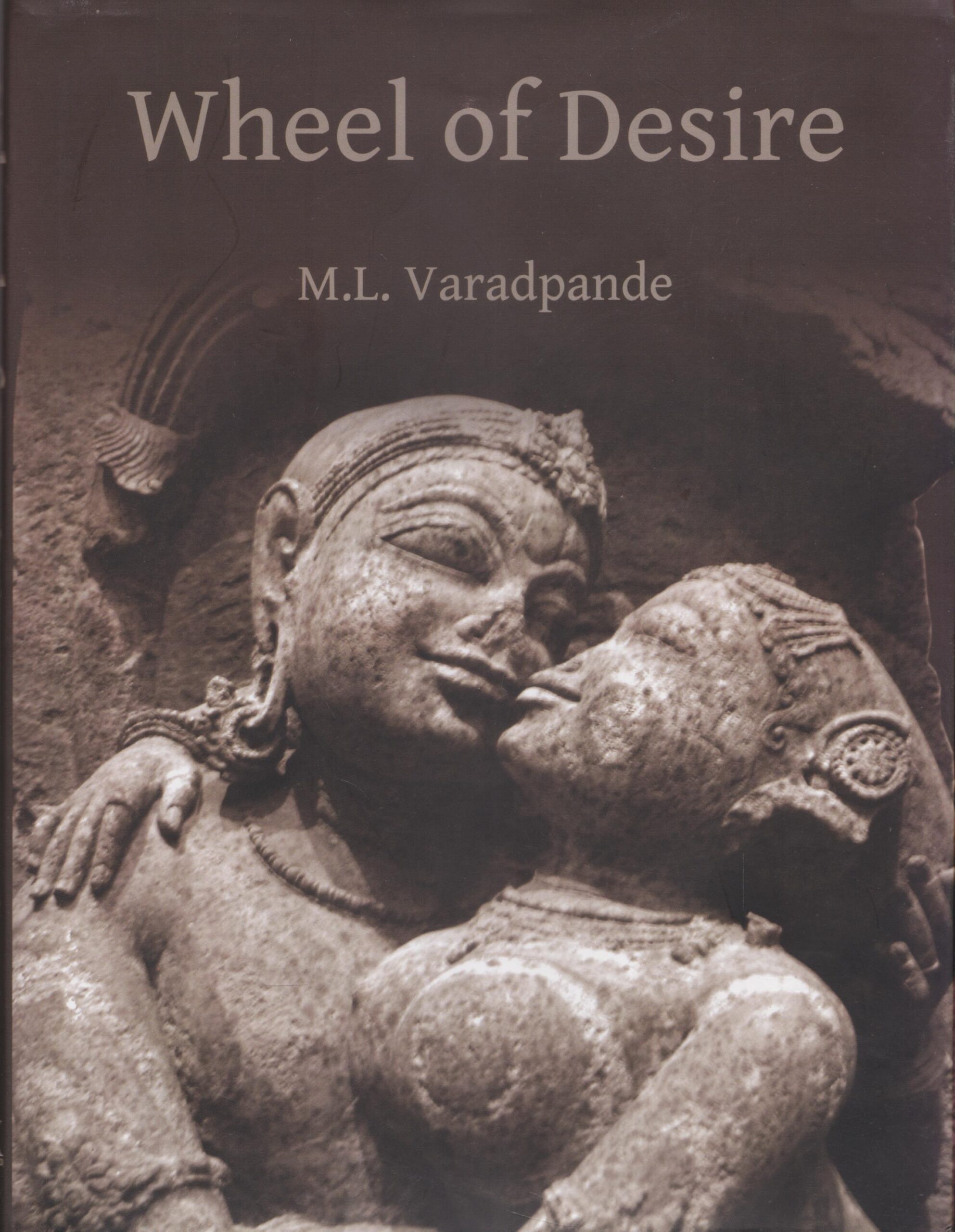
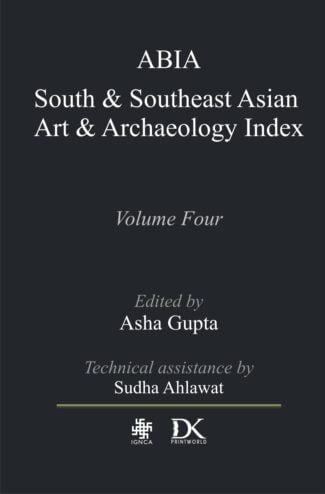
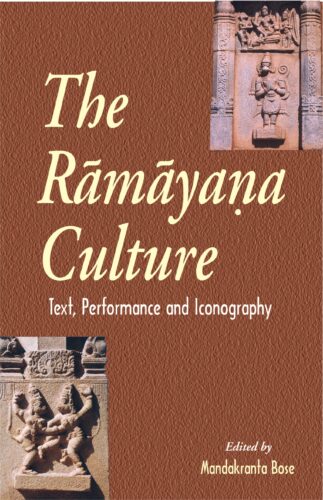
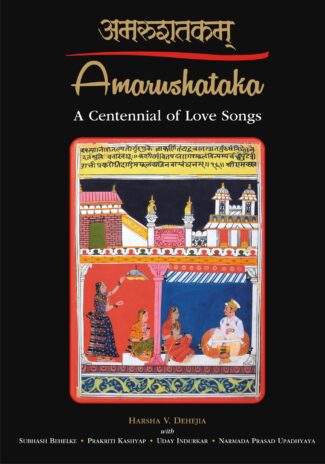
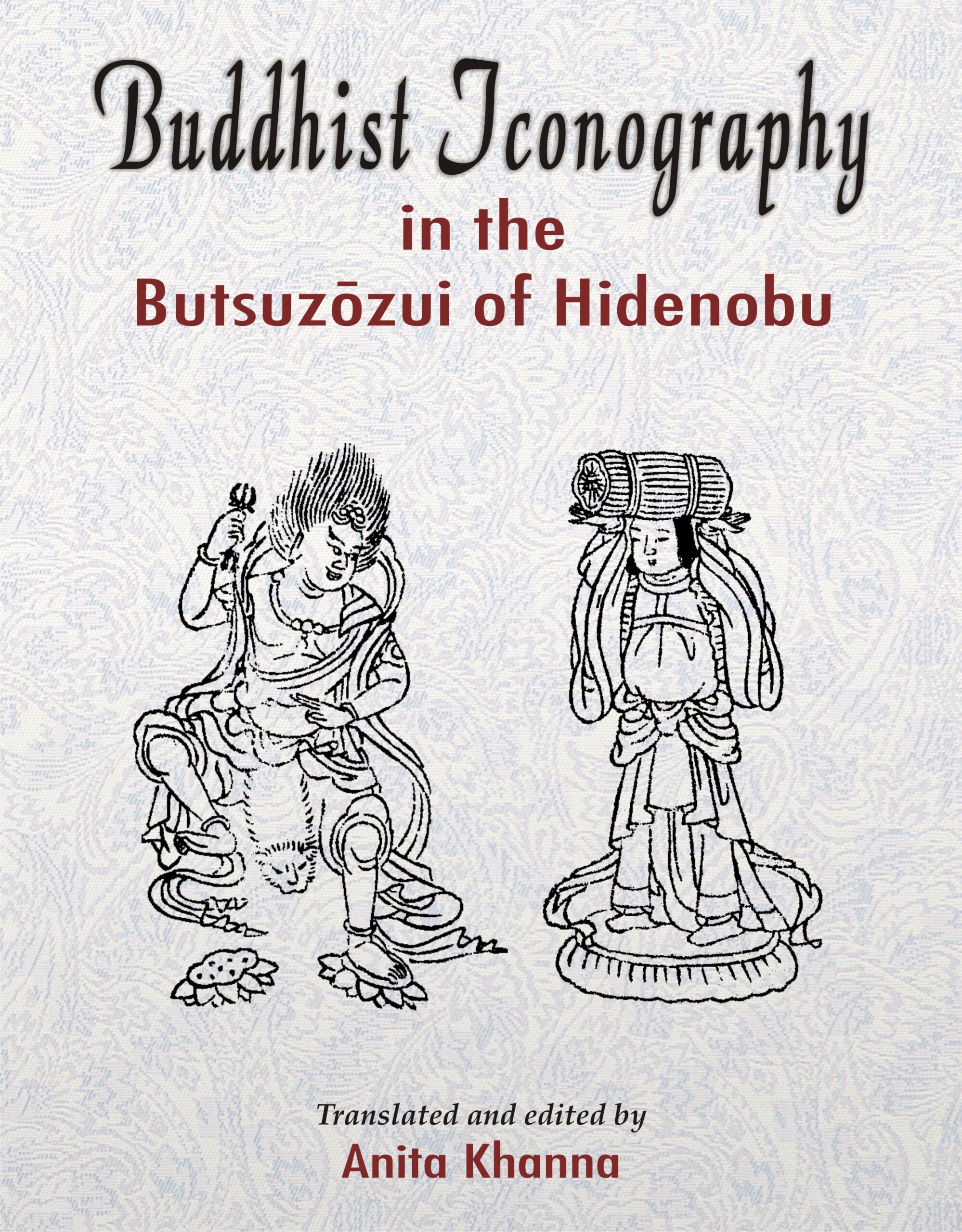
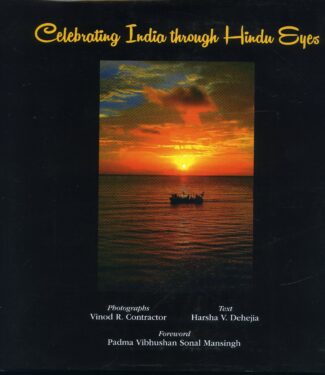
There are no reviews yet.